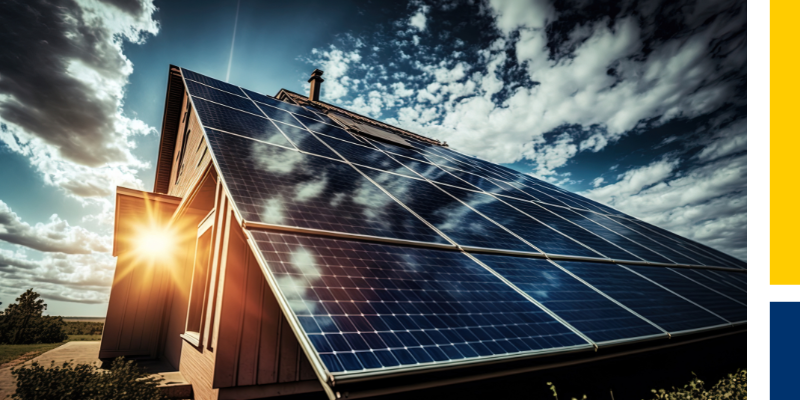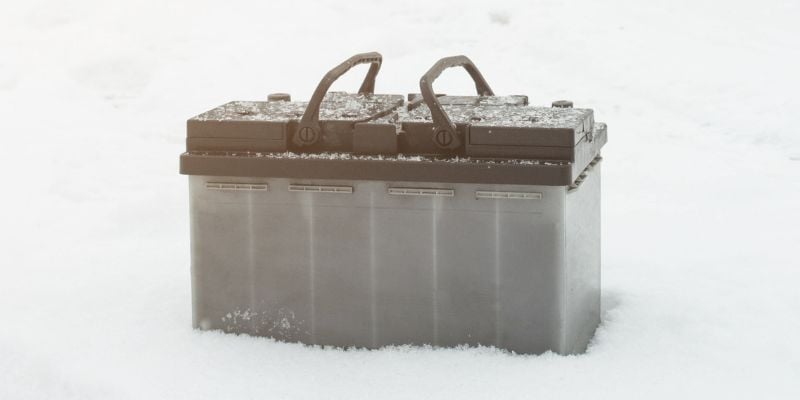If you had a time machine and set it to the year 1800 – hear us out – you might be surprised to find renewables and energy storage everywhere, from our ancestors’ homes to their workplaces.
From the USA’s founding until the mid-1800s, water mills and wood powered most industries and homes. They were the first renewables and the first “on-site” energy storage.
And renewables were prevalent across the world long before then.
This watermill at Braine-le-Château, Belgium, first operated in the 12th century on the Hain river. (Photo by Jean-Pol GRANDMONT, licensed under the Creative Commons Attribution 2.0 Generic License – https://en.wikipedia.org/wiki/File:Braine-le-Ch%C3%A2teau_JPG02.jpg)
Then, the Industrial Revolution swept the globe, stoked by coal and petroleum. Interest in renewables waned.
Today, we have energy storage and renewable technologies our ancestors never dreamed of operating at staggering efficiency. We can harvest energy from the sun, wind, water, and Earth. We’re able to store it for later. And it’s often at a lower cost now (and later) than the fuels that powered our ancestors’ economies.
It’s no wonder everyone from Fortune 500s and small businesses to homeowners and major power utilities is investing in on-site energy storage with renewables – it’s the right direction for the future, the climate, uptime, and the balance sheet.
But while today’s renewables are vastly different from those hundreds of years ago, they still face the same fundamental problem: they only work when the sun shines, the wind blows, or water flows.
Renewable energy’s Achilles heel is variability – and its solution is storage. That’s why millions of companies and homeowners are using batteries to store renewable energy and avoid costly time-of-use and peak demand electrical rates.
And we’re diving into five ways you’ll benefit from decentralizing energy production with on-site storage. Let’s get started:
Benefit #1: Saves money by avoiding cost-prohibitive time-of-use and peak pricing
Many electrical companies charge more for electricity when demand is highest – because they have to turn on “peaker plants” (expensive, infrequently-used generators) or buy energy from other power companies.
And in many parts of the United States and the world, you may pay twice as much for energy during peak usage times – often from 1 PM to 7 PM. Unfortunately, that’s when we’re most likely to use power-hungry equipment like air-conditioning or heavy machinery.
Manufacturing companies are often major energy users – and the peak pricing model for their electricity can further incinerate profits. For example, a single 45-minute period of heavy electrical usage could account for roughly 50% of the total monthly power bill!
But savvy businesses and homeowners don’t have to pay peak demand prices. Because their energy storage systems automatically save money for them. Called “peak-shaving,” this approach:
-
Stores cheaper (nonpeak) electricity in a home battery or building battery.
-
Uses battery power when grid power is expensive (peak demand).
-
Recharges batteries when kWh prices are lower (off-peak hours).
Learn more about peak shaving here.
Benefit #2: Backup power improves reliability
Backup power determines whether you’re out of business for a few hours or a few days or you’re able to stay open, ensuring profits and on-time product or service delivery. Power reliability is vital for any business and critical for essential services. If you aren’t reliant on the grid for every unit of power, your business has greater freedom, security, and reliability.
Benefit #3: Stores renewable energy for later when production is low
If you’re looking to avoid sky-high electric bills, the sun and wind are often great sources of clean, low-cost power. And with energy storage, you can draw from your battery bank any time solar, wind, or other renewables aren’t harvesting energy.
Benefit #4: Locks in consistently lower prices and diversifies your energy portfolio
If you pair renewables with storage, you’ll need less energy from the power grid or fossil fuels. But energy storage alone can insulate you from astronomical peak pricing for electricity.
Decentralized energy storage (and generation) protects you against price fluctuations for electricity, propane, LNG, and other energy sources. That’s good for your bottom line, and it’s a major competitive advantage when other companies face higher energy costs for every kilowatt hour they use.
Benefit #5: Reduces emissions and your carbon footprint
Whether you deploy energy storage with or without renewables, you can use energy from batteries when the power grid is the costliest and dirtiest (peaker plants are heavily polluting). That’s good for your wallet and the environment.
Want to learn more about how to select batteries for on-site storage?
We’ve spent thousands of hours curating and creating the latest how-to's, case studies, best practices, and other material you need to become your own backup power plant. And you can get our best insights and content delivered to your inbox – in less than one minute. Just click below to join our email list now!











